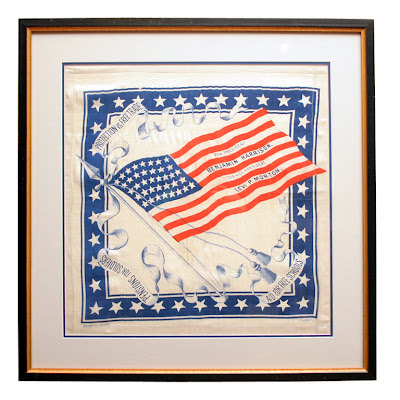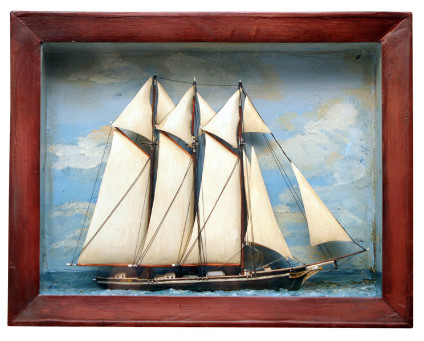Historically, some of the finest quilts were made to be
brought out for special occasions and important events only, like birthdays, anniversaries, Christmas and New Year's. These were the quilts that were
carefully handled and preserved, not the utilitarian quilts that were made for everyday use. Holidays offered a
time to display the makers' best; those sometimes spectacular displays of
exceptional needlework created at home.
19th- and early 20th-Century mothers and grandmothers were
not distracted by things like TV, or jet trips around the world, so they found
the time, even while managing a household, to give their undivided attention to
quilting. The results were, at times staggering - beautiful, colorful
spreads richly filled with fine quilting stitchery. In a way, each quilt
in itself was a celebration of the seamstresses’ hard work, determination, and
imaginative use of materials at hand, all peculiarly American. Each quilt is a
handmade textile greeting card offering warmth and comfort, a personal expression of hope for peace and good will from the
quilters of our past.
 |
|
Twenty
pieced "Sunbursts" explode on a white ground, surrounded with star-like
floral motifs and a radiant diamond border. The curious curvilinear
motifs appliqued in all four corners add an unusual, art nouveau-like
finishing touch. Quilters in 19th-Century America possessed remarkably
creative approaches to making bed covers of extraordinary workmanship.
Here
is an exceptional example of a finely appliqued and quilted traditional
bed cover of the 19th-Century. Made by a highly skilled quilter, this
spread is extraordinarily stitched with elaborate detail. The scalloped
inner borders and edges display the work of only the most advanced quilt
maker. The "Swag and Tassel" border is on three of the four sides of
the quilt, following a nineteenth century tradition which leaves one
side for the head of the bed.
Exceptionally
large, this finely stitched and quilted spread in a traditional,
surprisingly flamboyant pattern, has a mate with slight differences.
Pairs or complementing quilts were sometimes made for the dowries of the
maker's daughters. It would be difficult to calculate not only the
number of stitches but also the amount of love and devotion that went
into the making of these outstanding spreads.
The
maker set her sights high on this ambitious project - the creation of
two magnificent quilts of equal beauty and craftsmanship, perhaps for
two daughters to begin their marriages, a popular tradition among
19th-Century American quilters. Slight variations, such as the inner
and outer borders, differentiate the two pieces, but both equally retain
their rare beauty, thus insuring that neither daughter could ever feel
slighted.

Textile
folk art flourished in 19th-Century America. It was a time when quilters applied
their energies and creativity towards producing bed covers that were not
only astonishingly beautiful but uniquely American. Using whatever
materials were available and working at home, quilters managed to create
pieces that transcended the lowly bedspread and were sometimes worthy
of hanging as wall art, although that is a 20th-Century idea. Here,
pieced "Lilies" alternate with appliqued "Trees" in a graphic design,
delineated by triangle "Sawtooth" outlines, with an outer border of "Vines of Blossoms and Leaves". Quilters never seemed to run out of
steam, paying careful attention to every detail all the way to the
carefully stitched edges.

Antique quilt: "Baskets". American. Late 19th-Century.
Although
there are many variations of the "Baskets" motif, few are as effectively
presented as this example with a rigidly exact arrangement of the
motifs. The "Baskets" are skillfully pieced of solid red with green
calicoes, with solid red squares punctuating each quilt block. The
precision of little tin soldiers comes to mind, all lined up on the
diagonal across the white ground. Angular basket handles add a sharp
edge to the overall design, and the crisp texture of straight line
quilting on a muslin ground provides an effective contrast.
Quilts, America's favorite folk art, are
especially welcome to enjoy during the holidays. In some ways, even
just viewing their images may offer respite from the tough realities
that accompany this 2012 holiday season.
We at Woodard & Greenstein send you our best wishes for the holidays!




















































